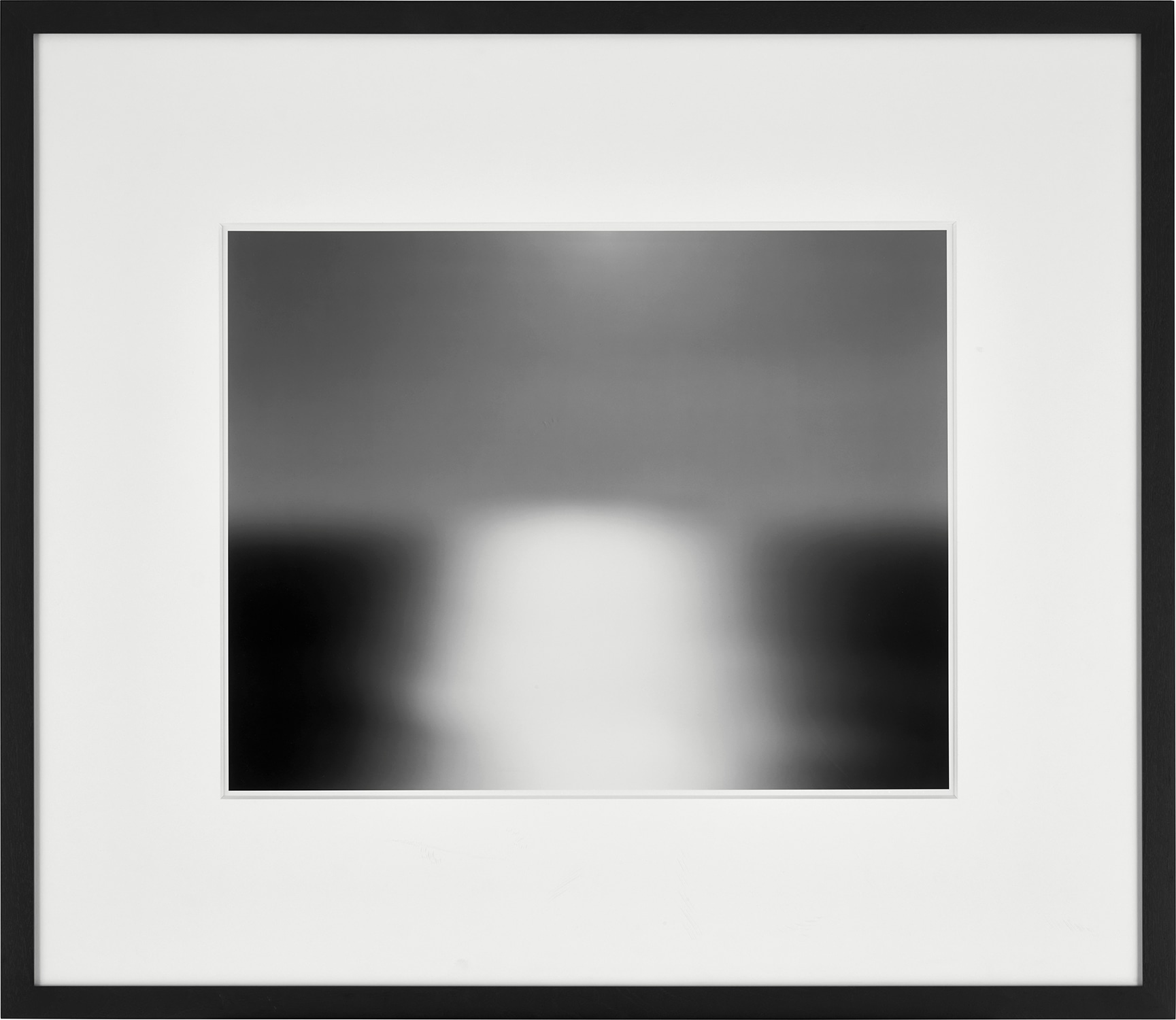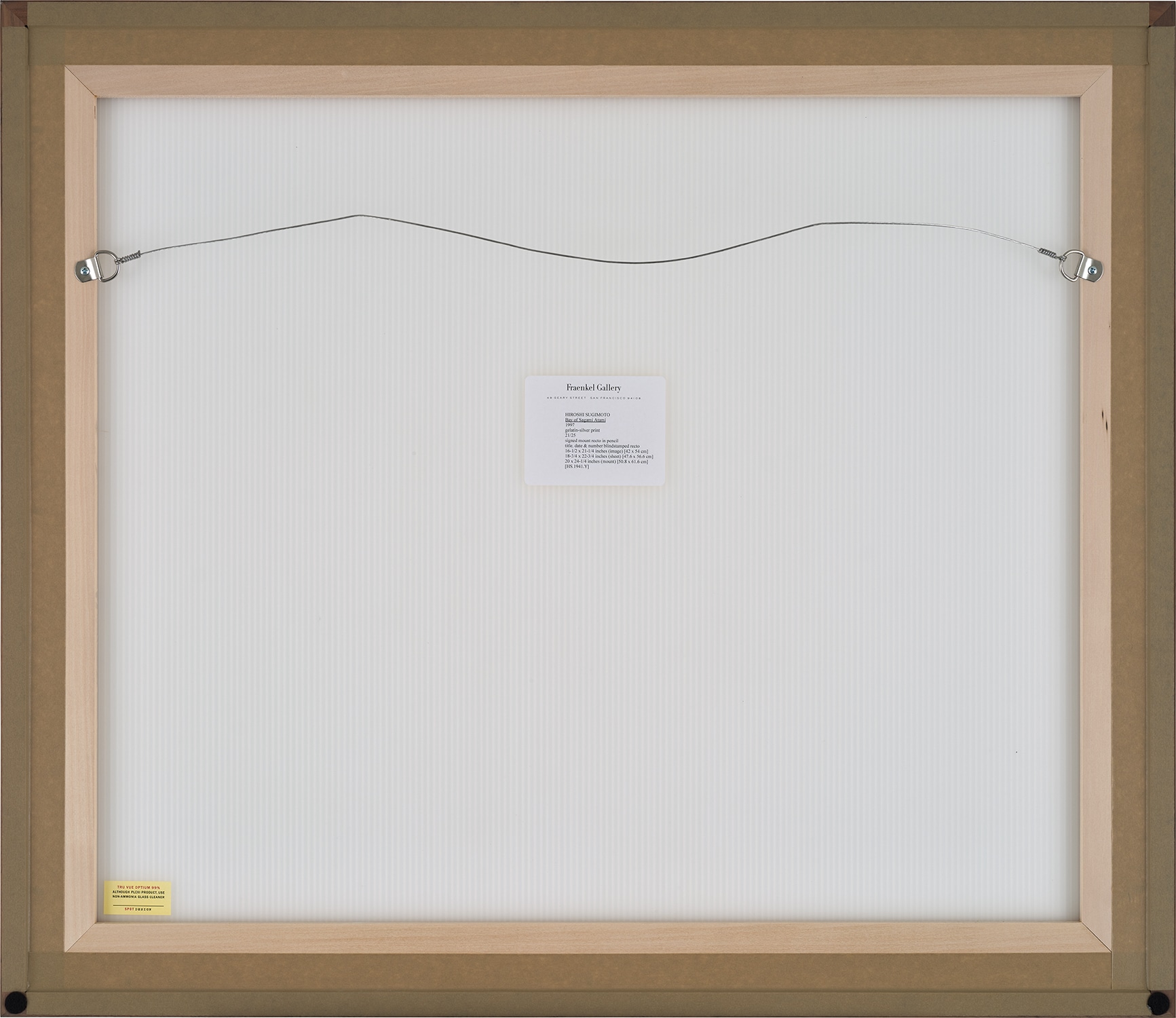





Further Details
Full-Cataloguing
Hiroshi Sugimoto
Japanese | 1948Hiroshi Sugimoto's work examines the concepts of time, space and the metaphysics of human existence through breathtakingly perfect images of theaters, mathematical forms, wax figures and seascapes. His 8 x 10 inch, large-format camera and long exposures give an almost eerie serenity to his images, treating the photograph as an ethereal time capsule and challenging its associations of the 'instant.'
In his famed Seascapes, Sugimoto sublimely captures the nature of water and air, sharpening and blurring the elements together into a seamless, formless entity. This reflection of the human condition and its relationship with time follows through his exploration of historical topics and timeless beauty as he uniquely replicates the world around us.